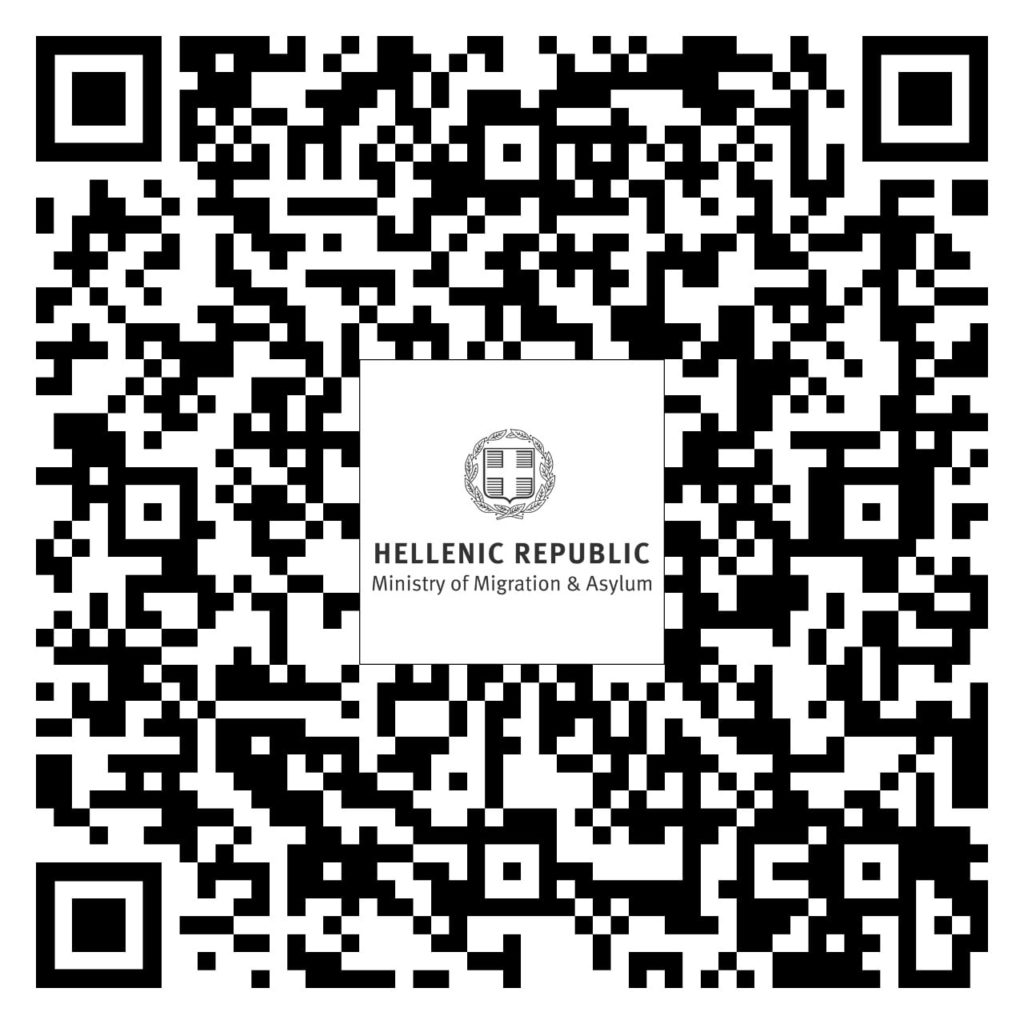This EMN Annual Report on Migration and Asylum provides a comprehensive overview of the key developments in the EU Member States, Norway and Georgia in 2021. EU countries continued to experience the effects of COVID-19 and to tackle challenges of the health crisis on integration, labour market needs and living conditions of migrants.
These challenges came in addition to political unrest, which exerted pressure on the asylum and reception systems. During 2021, the Belarus border crisis and the fall of Afghanistan’s Government resulted in sudden increases in migrants coming to the EU, including those seeking protection.
Increasing the efficiency and effectiveness for better migration management was a common theme at EU and national level. The European Commission continued to develop a comprehensive approach in the areas of migration, asylum, integration and border management through progress on the Pact on Migration and Asylum.
An increasing focus was placed on innovation, simplification of processes and digitalisation of migration management, while in border management, several countries implemented large-scale EU information technology systems.
Member States also established various measures to increase their attractiveness to third-country workers, with a particular focus on attracting highly skilled and qualified workers but also other workers in specific areas facing labour shortages. At the same time, the protection of asylum seekers and refugees remained a priority at EU and national level during 2021.
Please find below the Greek contribution, the full synthesis report and the statistical annex, as well as the shorter Inform and Flash of the Report. You can also find the Country factsheet , which provides a succinct summary of the main developments in Greece and an overview of most recent migration and international protection-related statistics.


